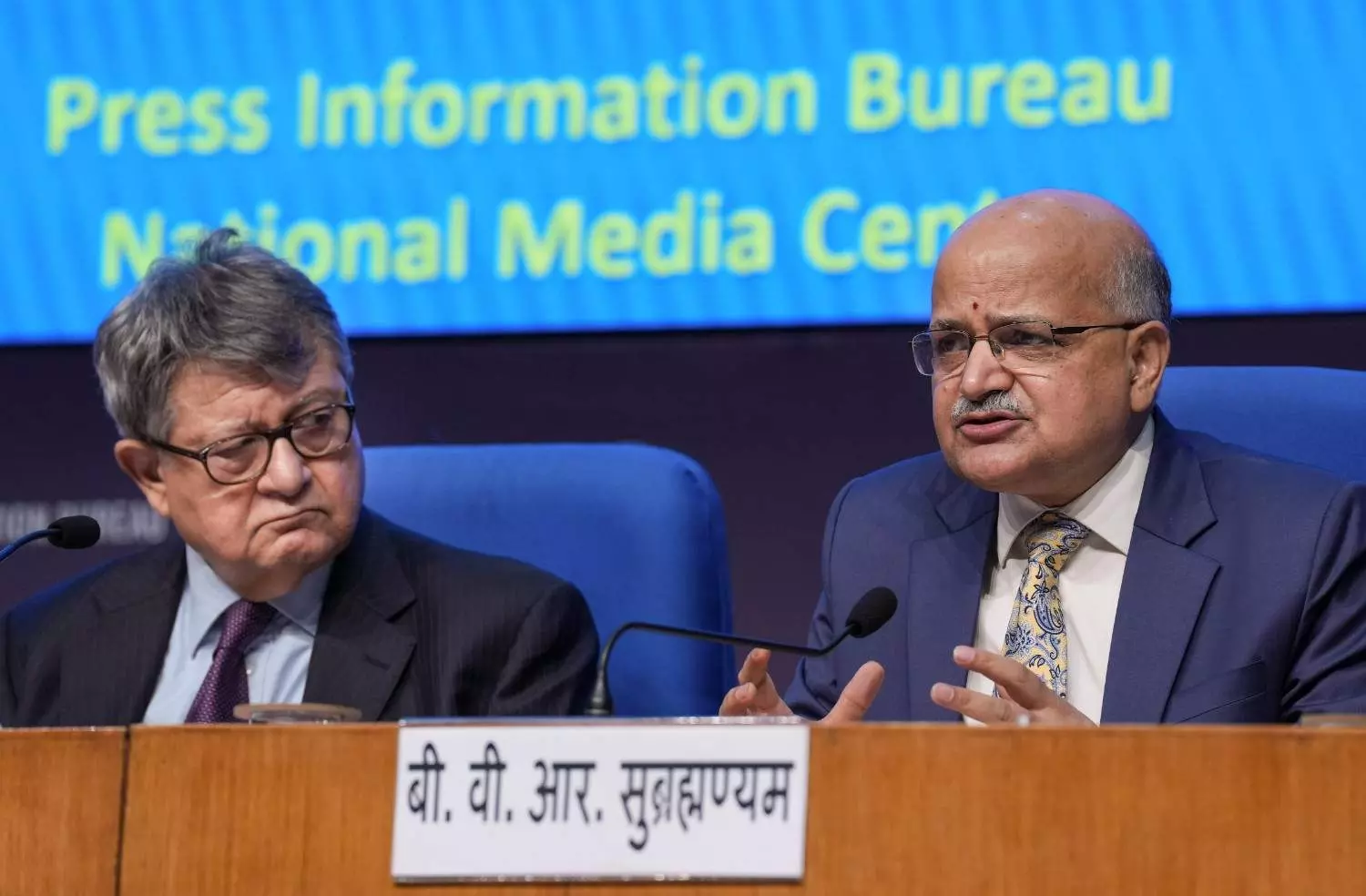
In a landmark achievement for the Indian economy, the country has overtaken Japan to become the world’s fourth-largest economy, with its Gross Domestic Product (GDP) reaching $4.187 trillion at current prices, according to data released by the NITI Aayog. Japan’s economy, now slightly behind at $4.186 trillion, has slipped to fifth place, marking a significant shift in the global economic order.
A Historic Economic Milestone
The announcement was made by BVR Subrahmanyam, CEO of NITI Aayog, during a press briefing following the 10th Governing Council meeting of the policy think tank. *”We are the fourth-largest economy as I speak. We are a $4 trillion economy as I speak,”* Subrahmanyam declared, citing International Monetary Fund (IMF) data. He expressed confidence that India could climb to the third position within the next 2.5 to 3 years, trailing only the United States, China, and Germany.

Germany, currently the third-largest economy, has a GDP of $4.74 trillion, while the U.S. and China remain the undisputed leaders with GDPs exceeding $25 trillion and $18 trillion, respectively.
Per Capita Income: A Reminder of Challenges Ahead
Despite the celebratory milestone, India’s per capita GDP ($2,880) remains far below Japan’s ($33,960), highlighting the vast disparity in income distribution and living standards. Economists caution that while India’s aggregate GDP growth is impressive, sustained reforms in education, healthcare, and job creation are essential to ensure equitable development.
Government’s Roadmap for Growth
Prime Minister Narendra Modi, who returned for a third term in 2024, had vowed to make India the third-largest economy during his tenure. In a post-Budget address earlier this year, Modi reflected on India’s economic journey: “When we came to power in 2014, the biggest question was how to bring the economy back on track. We have pulled India from a very fragile situation to where we stand today.”
The government attributes this growth to policy stability, digital transformation, and a booming manufacturing sector, particularly in electronics, automobiles, and renewable energy. The Production-Linked Incentive (PLI) scheme and infrastructure investments have also played pivotal roles.
Global Reactions and Future Projections
International analysts have noted India’s demographic advantage, with a young workforce and a rapidly expanding digital economy. However, challenges such as global trade tensions, inflationary pressures, and geopolitical uncertainties could impact future growth.

Radhika Rao, Senior Economist at DBS Bank, commented, “India’s rise is impressive, but maintaining this momentum will require continued reforms in labor laws, land acquisition, and ease of doing business.”

What’s Next?
With the next GDP data release expected in August, economists will closely monitor whether India can sustain this growth trajectory. If current trends continue, the country could surpass Germany by 2027-28, cementing its position as a global economic powerhouse.













